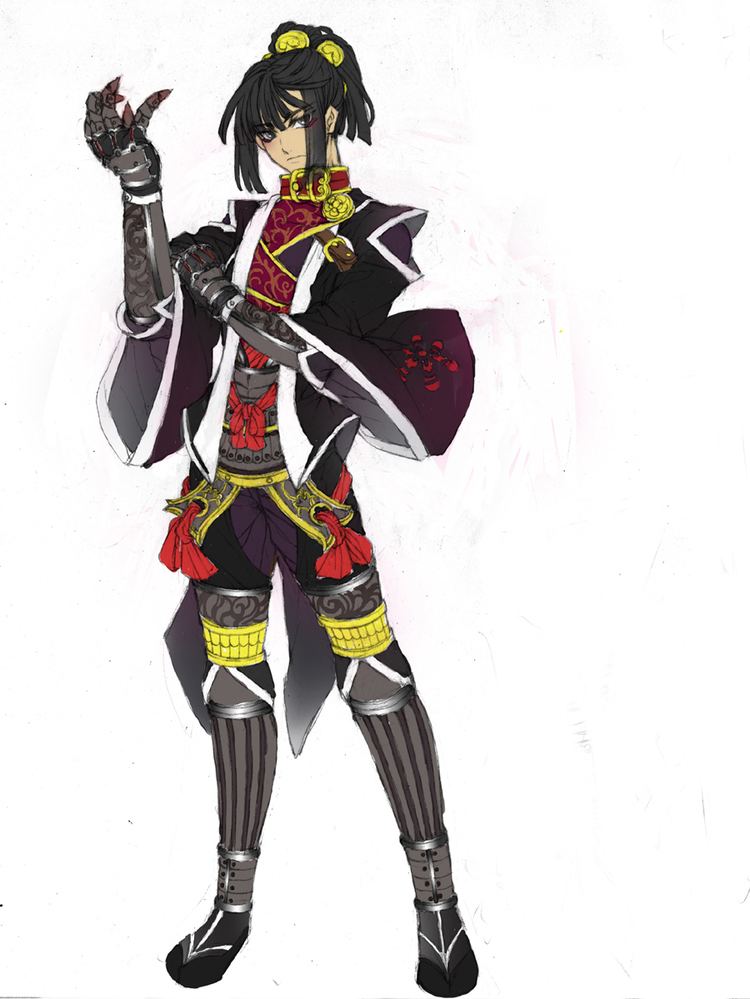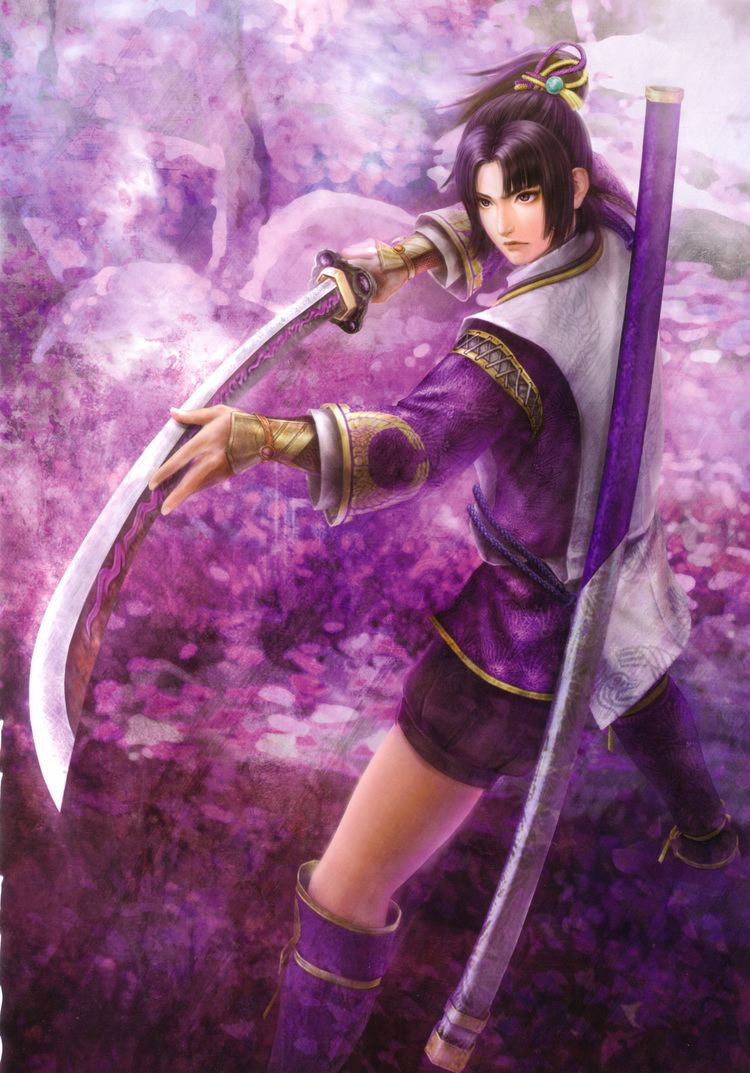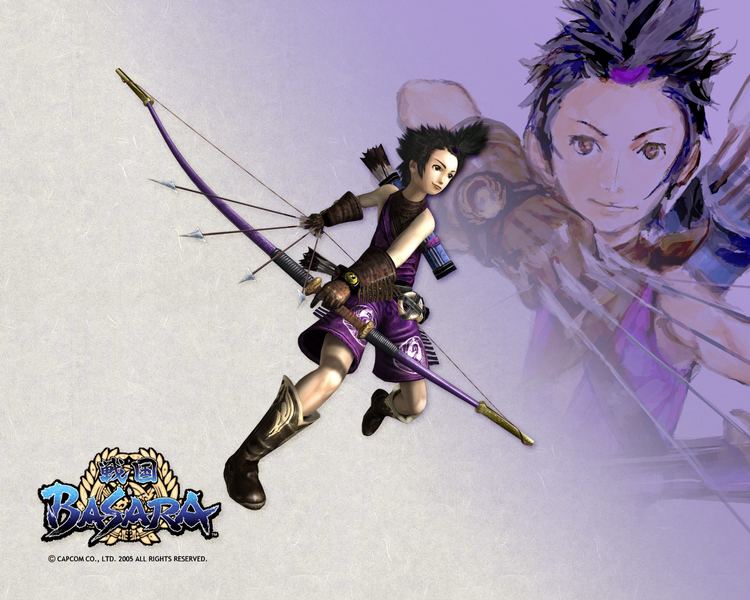Name Mori Ranmaru Parents Mori Yoshinari | Siblings Mori Nagayoshi | |
 | ||
Died June 21, 1582, Kyoto, Kyoto Prefecture, Japan Similar People | ||
wifi a fate born of beauty mori ranmaru end
Mori Ranmaru (森 蘭丸, 1565 – June 21, 1582), also known as Mori Naritoshi (森 成利), was the son of Mori Yoshinari, and had 5 brothers in total, from the province of Mino. He was a member of the Mori Clan, descendants of the Seiwa Genji.
Contents
- wifi a fate born of beauty mori ranmaru end
- wifi a fate born of beauty mori ranmaru start
- Biography
- Family
- In popular culture
- References
wifi a fate born of beauty mori ranmaru start
Biography

From an early age, Ranmaru was an attendant to Oda Nobunaga. Recognized for his talent, loyalty, and unusual beauty, he was appointed to a responsible post. At Ōmi, he was given 500 koku, and after Takeda Katsuyori's death, he was awarded the 50,000 koku at Iwamura Castle. Ranmaru and his younger brothers perished defending Oda Nobunaga during the Honnō-ji Incident. Ranmaru's bravery and devotion is remembered throughout history, and especially during the Edo period because of his decision to commit seppuku and follow Nobunaga in death.
Oda and Mori's lord-vassal relationship was thought to have followed the nanshoku tradition - an intimate relationship - and was widely admired in Japan for its strength. In nanshoku literature of the Edo period, it was widely understood that Oda and Mori had a sexual relationship that was commonly found in those times.
Family

In popular culture

Ranmaru has often been the subject of works of art since the Edo period, and continues to be seen in various forms of modern fictional media today. Due to admiration for his loyalty, Ranmaru has been depicted as a loyal page of Nobunaga in various works of classical Japanese art. Such works include ukiyo-e prints by artists such as Kuniyoshi, Yoshitoshi, and Toshihide. He has also been a character in kabuki plays such as Tsuruya Namboku IV's Toki-ha Ima Kikyô no Hataage.
In most modern media his portrayal as a loyal servant to Nobunaga is generally continued. Such portrayals are in historical drama films and television programs such as Akira Kurosawa's Kagemusha and various Taiga dramas, in novels such as Eiji Yoshikawa's Taiko, in manga such as Hyouge Mono and A Chef of Nobunaga, and in video games such as Samurai Warriors, Sengoku Basara, and Pokémon Conquest. He is occasionally portrayed as a woman, for instance in the stage play and anime series Nobunaga the Fool and the tokusatsu series Kamen Rider Gaim. Ranmaru has also been the subject of modern music, such as KAT-TUN's 1582 which is written from the perspective of Mori Ranmaru at the Incident at Honnouji.
There is a character in The Wallflower known as Ranmaru Mori, as well as a character in Pokémon Conquest going by the name of Ranmaru, who serves under Nobunaga's command.
